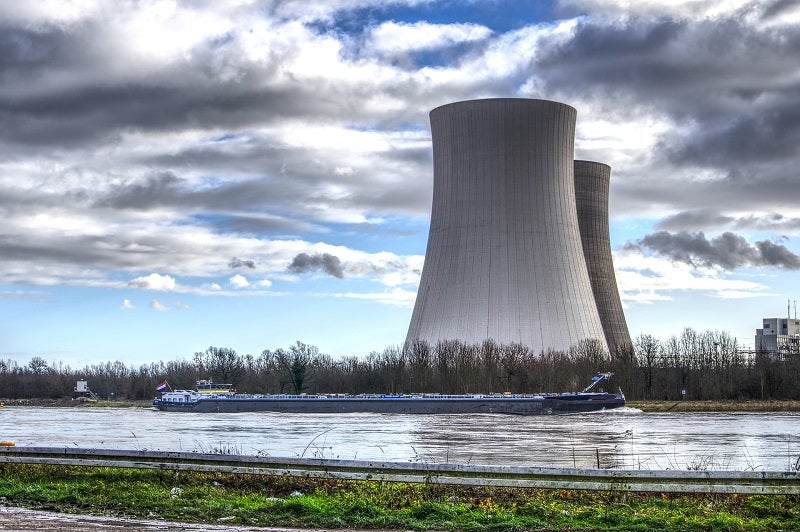Fushi Phase I is a 54MW hydro power project. It is located on Zhu river/basin in Guangxi Zhuang Autonomous Region, China. According to GlobalData, who tracks and profiles over 170,000 power plants worldwide, the project is currently active. It has been developed in a single phase. The project construction commenced in 1992 and subsequently entered into commercial operation in 2000. Buy the profile here.
Description
The project is developed and owned by CGN New Energy Holdings. The company has a stake of 70%.
Fushi Phase I is a run-of-river project. The hydro reservoir capacity is 450 million cubic meter. The project generated 287.8 GWh of electricity.
The hydro power project consists of 3 turbines, each with 18MW nameplate capacity.
Development status
The project construction commenced in 1992 and subsequently entered into commercial operation in 2000.
Power purchase agreement
The power generated from the project is sold to China Southern Power Grid under a power purchase agreement.
See Also:
For more details on Fushi Phase I, buy the profile here.
About CGN New Energy Holdings
CGN New Energy Holdings Co Ltd (CGN New Energy), a subsidiary of CGN Energy International Holdings Co Ltd, is an independent power producer. It generates electricity and steam using conventional and non-conventional energy sources. The company business includes: Wind, Solar, Hydro and Integrate. The company acquires clean and renewable power generation projects besides developing greenfield and brownfield projects. CGN New Energy constructs and operates wind, solar, gas-fired, coal-fired, oil-fired, hydro, cogeneration, and fuel cell plants in China and South Korea. The company’s portfolio of assets also comprises steam project. Its major customers are electricity off-takers. The company sells power through Korea Power Exchange. CGN New Energy is headquartered in Hong Kong.
Premium Insights
From

The gold standard of business intelligence.
Blending expert knowledge with cutting-edge technology, GlobalData’s unrivalled proprietary data will enable you to decode what’s happening in your market. You can make better informed decisions and gain a future-proof advantage over your competitors.




